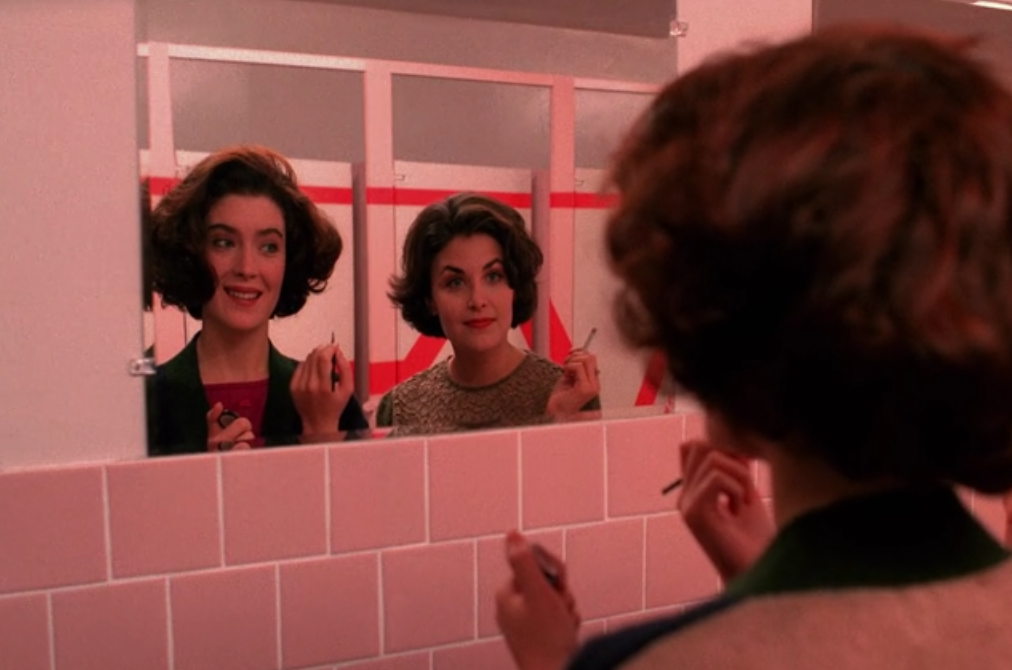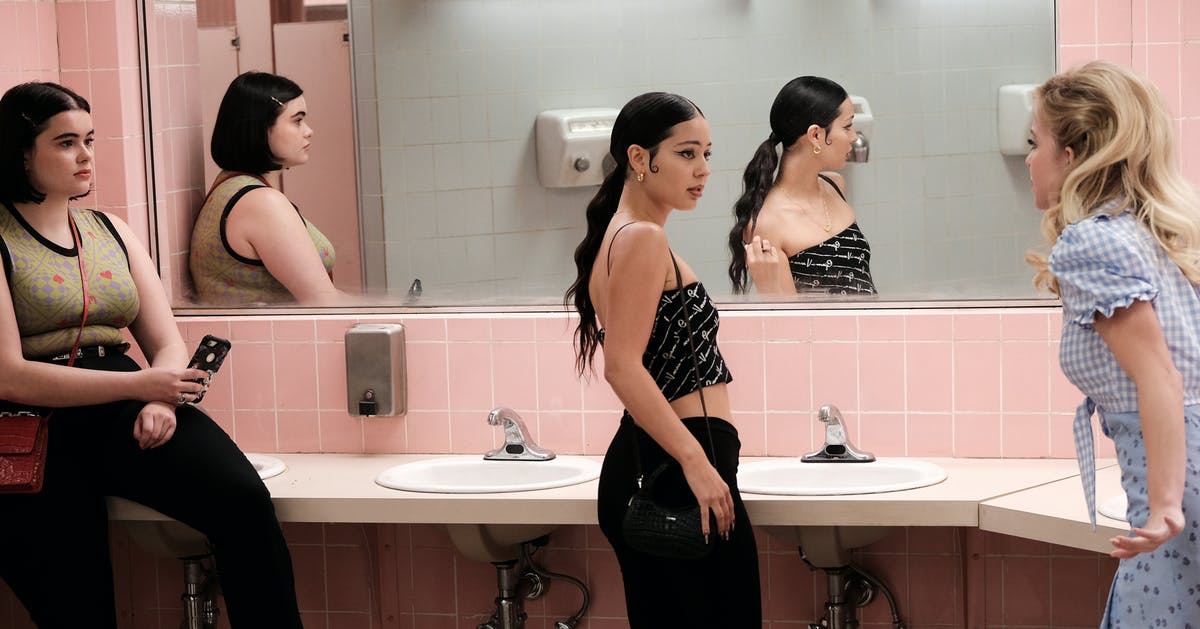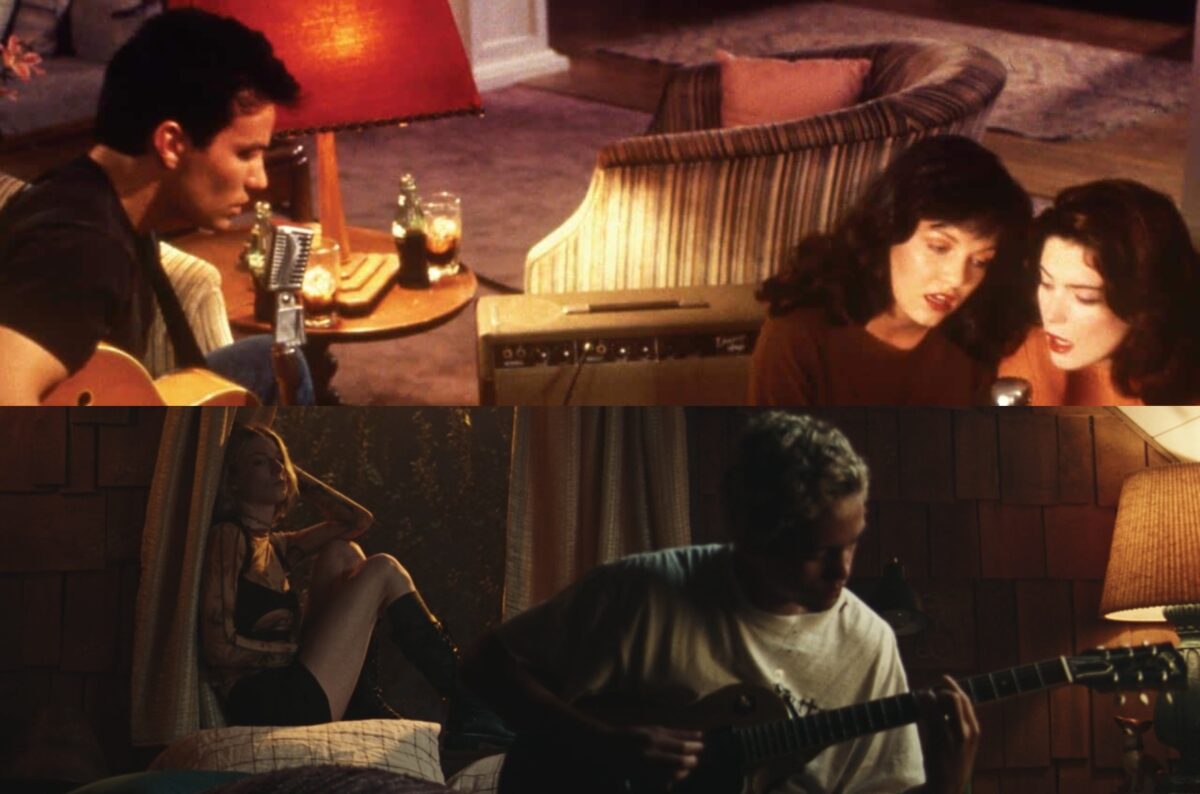Every generation has that one show. You have your Breaking Bad‘s, your Hill Street Blues‘, your I Love Lucy‘s… but every generation has that one show that operates on a different level. That’s not to say if it’s good or bad, but it definitely can’t be compared to anything. If you haven’t been under a rock, HBO’s Euphoria boasts penises, a heavy soundtrack, reckless drug use, and underage sex. It’s everything a parent wouldn’t want their child to be doing. But underneath all the debauchery are mysterious forces at work, something mythic – everyone trying to find their own form of satisfaction, or I guess, euphoria.
But it brings to mind another show that aired 30 years prior. Despite being a serialized primetime network drama, Twin Peaks also explored the darker side of a small town: both center on subjects in high school, yet they take vastly different directions – one’s a murder mystery, and the other a relationship drama. Both portray promiscuity with high schoolers and adults. Both involve some sort of drug use. The similarities on the surface are easy to point out, but let’s dive a little deeper.
The theme (and story engine) of Twin Peaks is truth – the truth of Laura Palmer’s death, and the truth that everyone in the town conceals. However, Euphoria’s characters are also in search of their own truths: what makes them tick, what gives them the ultimate satisfaction, what will bring them closer to what life is all about – happiness. But also, both shows portray their characters as doomed to fail in this search. It will always be a bottomless well – they’ll keep digging and digging for that stimulus of an answer, but they’ll never reach it, all while putting their well-being at risk. As for Twin Peaks’ case, the “truth” will always be some version of the truth, an interpreted truth, by one of the town’s inhabitants.

It’s needless to say both shows also sprung from singular auteur-ist visions. David Lynch and Sam Levinson both had artistic controls over their respective series, quite evident in Euphoria with its exuberant style: the lighting, the camera movements, the casting, the music – it’s incredible how HBO gave so much power to a young filmmaker, in its first two seasons no less. Every camera placement and backlight feels precisely and deliberately done, that it’s impossible to imagine Euphoria as a show that functions with the elements of a traditional drama series: a writers’ room, rotating directors, etc… some may argue that as a fault, but Euphoria wouldn’t be the show we love even if it did have those elements.
And for Twin Peaks, Lynch had what was fairly the equivalent in the 90s with a basic cable drama. From the theme song, to the tone and mood, Lynch’s fingerprints are all over every aspect of the series. But network primetime was a different place back in April 1990, and Peaks crashed the party like a goth at a debutante ball. However, when the show’s producers succumbed to network pressure and revealed Laura Palmer’s killer (sort of) in the seventh episode, the show’s viewership hemorrhaged. But it was no longer just a show about finding the murderer of a high school girl – it started to involve other dimensions, the birth of good and evil. Lynch took it in a wild, surreal direction, the style we usually associate him with. All of a sudden, Twin Peaks became some sort of puzzle, quickly growing out of the mold basic cable shows usually get stuck in becoming the show we know and love today.
Both shows also grew their audience reach while on hiatus. It’s hard to believe, given that season 2 of Euphoria just aired, season 1 aired two and a half years ago. Most TV shows wouldn’t ever be able to sustain that kind of momentum, nonetheless during a pandemic. A show about high school kids who abuse privilege – what made that so special? Why was it still a talking point amongst TV enthusiasts despite a two-and-a-half-year absence? Likely, there’s a few particular reasons, or rather, a culmination of them all. Euphoria became popular right before the pandemic hit. It was the last cultural phenomenon that was a trending topic before our lives were changed. It’s also the last serialized drama series we can remember where we’re given a week to gossip, digest, and theorize on an episode before watching the next one, thanks to Twitter supplying it with a constant discourse outlet.

Twin Peaks, on the other hand, had 26 years before its return. But just like Euphoria, Peaks’ cult status only grew during its absence, speaking to a new generation and fanning the flames for the desire of a revival. And that’s just what happened. When Twin Peaks: The Return aired, it not only brought along its old built-in audience, but drew in a newer, younger crowd, and even behooved them to revisit earlier seasons. Also like Euphoria, Peaks’ popularity soared in its absence thanks to internet discourse. Its history and folklore only made the show more infectious with theories on what could’ve happened. It was a feedback loop that drew in younger audiences in a way its original audience couldn’t understand.
There are just as many arguments against this opinion than there are for it. One can just as accurately argue that these two shows couldn’t be any more different. But the starkest similarity is the zeitgeist around the two. They are two shows that challenge and require audience participation, and there’s very much a world that stems from and exists outside of them: us, the viewers. One could say that about any show, but these two are special. They conjure a community of specific kinds of people – outcasts, people in the in-between, people who don’t know how to necessarily describe themselves, but also a community that ultimately wants to challenge itself. I think that’s what these two shows will be remembered for most: the discourse and the compelling urge of the viewer to step out of their comfort zone.
